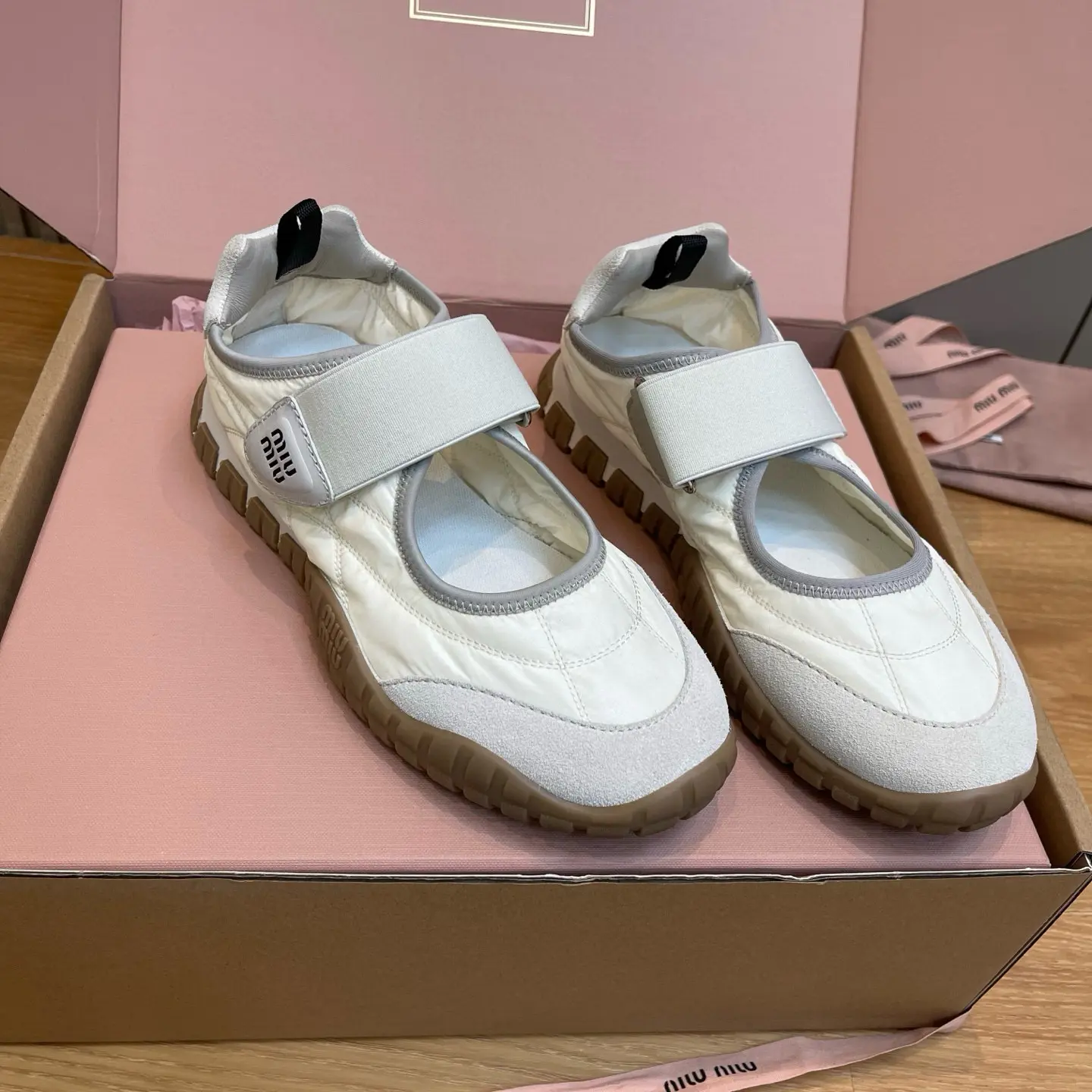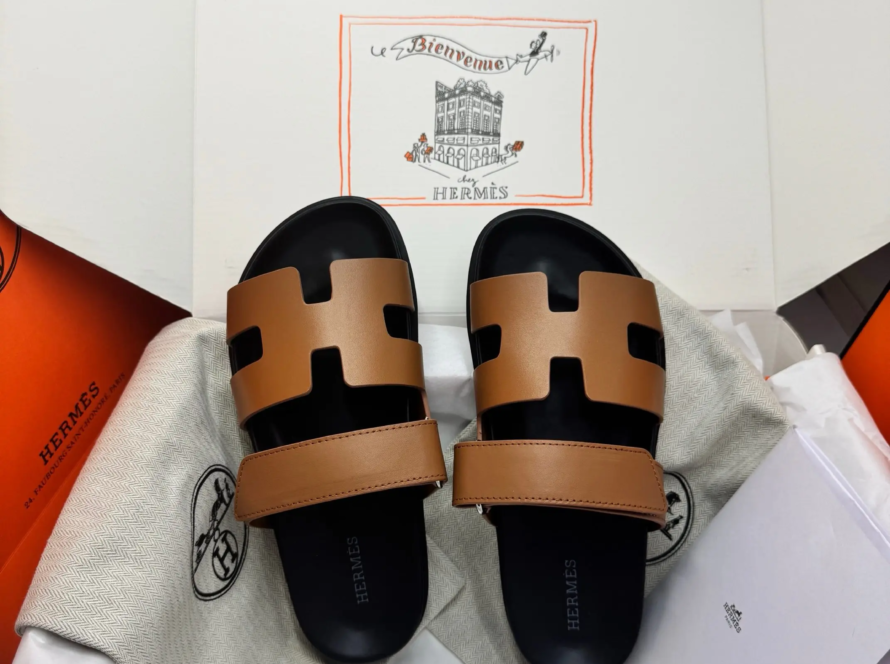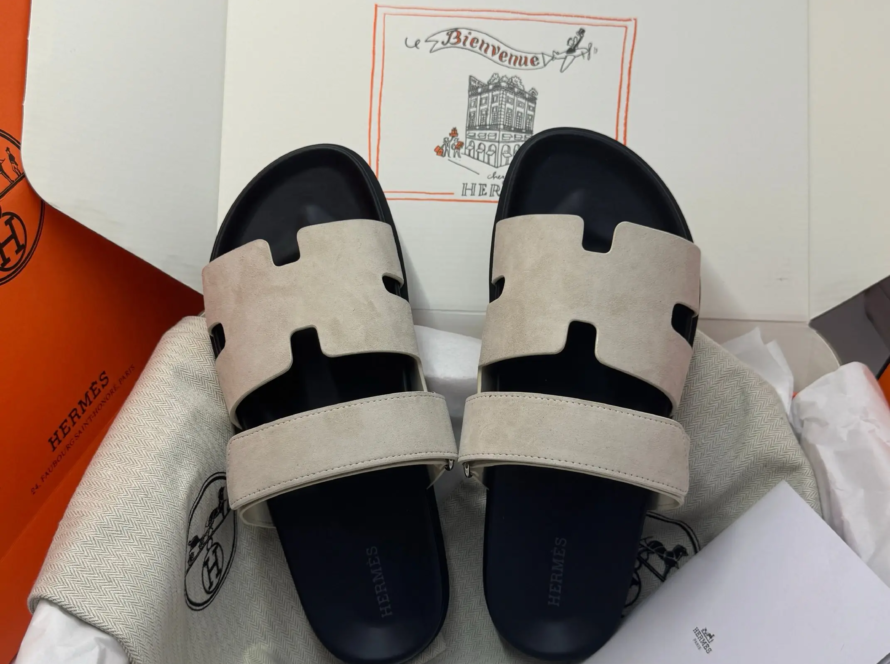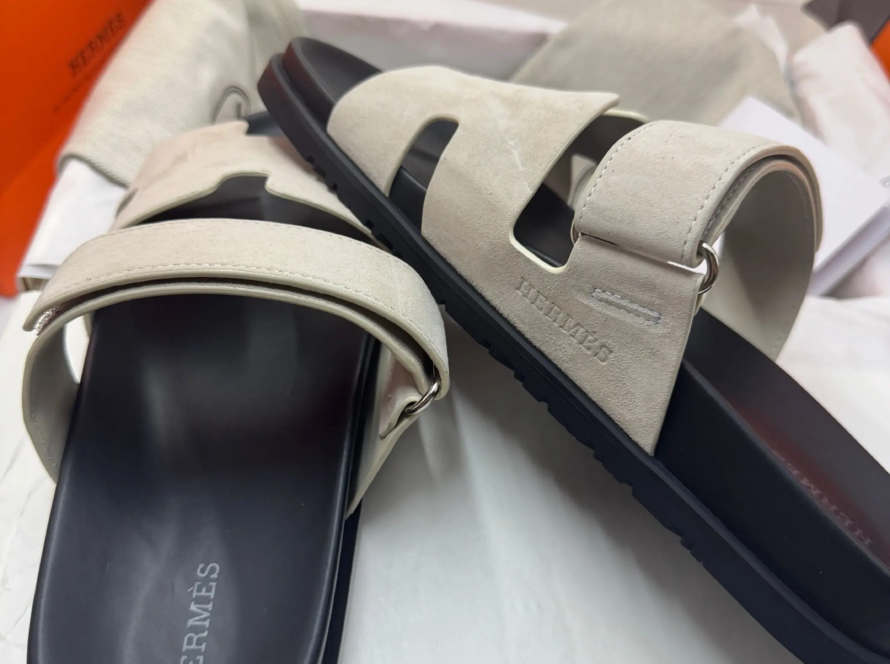
introduce
In the realm of luxury interior design, there are few works quite like high heels wall art. Stilettos, pumps and sculptural pumps once relegated to wardrobes or catwalks are now reimagined as avant-garde statements – transcending functionality to become gallery-worthy installations. For collectors and connoisseurs of bespoke craftsmanship, these pieces blend art, fashion and tradition, elevating the space into a dialogue of opulence and status.
The Rise of High Heel Wall Art: Beyond Fashion, Towards Tradition
High heels have long symbolized power, glamor and artistry – think Manolo Blahnik’s architectural silhouettes or Christian Louboutin’s iconic red soles. Today, designers and craftsmen immortalize these cultural icons in wall art, deconstructing their essence into sculptural pieces that resonate with luxury enthusiasts. This trend reflects a deeper cultural shift: fashion as heritage. Collectors no longer just buy objects; the heirlooms they curate reflect their personal stories.
Why it appeals to wealthy audiences:
- symbolism: Stilettos symbolize boldness; exquisite pumps reveal a refined atmosphere.
- nostalgia: Vintage-inspired designs pay homage to fashion history (for example, 1950s Dior pumps recreated in gilded bronze).
- exclusivity: Limited editions or bespoke commissions ensure no two collections are the same.
Craftsmanship: Where Art Meets Engineering
True luxury is in the details. High-end high-heeled shoe wall art is made by combining advanced customization techniques with fine art practice:
- Material:
- precious metals: 24K gold foil, oxidized silver or bronzed brass for timeless brilliance.
- Reclaim luxury: Upcycled pumps from discontinued designer lines, styled with Swarovski crystals or ethically sourced leather.
- mixed media: A layer of resin that retains vegetation or metal flakes, evoking a surreal depth.
- Skill:
- Laser cut steel molds ensure precision.
- Hand-painted finish that mimics crocodile or patent leather.
- The modular design allows for interchangeable heels or color accents.
Customization possibilities: curate your vision
For elite clients, mass-produced decoration was the antithesis of luxury. Leading studios work closely with collectors to create unique installations:
- personalization:
- Heel styles are modeled after customers’ favorite designers (for example, a Jimmy Choo-inspired silhouette).
- The heel cap features a monogram or embossed badge.
- scale and impact:
- A single oversized heel (4-6 feet tall) serves as a focal point.
- The triptych shows the deconstruction of the heel – from sketch to sculpted form.
- Luxurious integration:
- The heels are embellished with customer-supplied gemstones or integrated into custom lighting fixtures.
Strategic Layout: Elevate Your Space
High Heel Wall Art thrives in environments designed to inspire thought and admiration:
- Boudoir and dressing room:
- Pair with backlit niches to create a museum-like display of wearable art.
- administrative studies:
- Stylish metal heels contrast with dark walnut paneling for a statement of strength.
- Fashion boutiques and salons:
- Used as thematic branding – French pumps for Parisian chic, block heels for a modernist edge.
- gallery wall:
- Layer with abstract paintings or vintage Vogue prints to juxtapose multiple mediums.
lighting tips: Adjust the angle of the LED spotlight to cast dramatic shadows, amplifying texture and depth.
Conservation and Care: Maintaining Artistic Integrity
Luxurious wall art requires careful management to retain its value:
- climate control: Avoid moisture or direct sunlight; acrylic resin may turn yellow and metal may oxidize.
- cleaning protocol:
- Dust lightly with a horsehair brush.
- For metals, use a pH-neutral solution and a microfiber cloth.
- Professional assessment: Document provenance and progress status reports – critical for future evaluation.
Footwear as Fine Art: A Historical Perspective
High heels as an artistic subject date back centuries:
- renaissance portraiture: Noble high heels (thick-soled heels) symbolize status.
- surrealist movement: Dali’s 1937 “High Heel” sculpture subverts the function of fantasy.
- contemporary revival: Artists like Alan Jones and Zaha Hadid redefined heels as structural art.
This lineage validates the artistic value of the form, attracting collectors seeking depth beyond aesthetics.
Investment potential: artworks with appreciation value
Unlike fast fashion décor, elite high heel wall art can be admired – similar to limited edition sculptures:
- Designer collaboration: Pieces by luxury fashion brands such as Schiaparelli x Jeff Koons command premium prices at auction.
- Emerging Artists: Invest in talent shown at Art Basel or Design Miami; early acquisitions often yield the highest ROI.
- Provenance is important: Signed pieces with exhibition history enhance resale credibility.
in conclusion
High heel wall art goes beyond decoration – it is a statement of identity, craftsmanship and cultural reverence. For those who value the fusion of fashion and art, these pieces provide a tactile connection to tradition, redefining the space as a carefully curated gallery of self-expression. Whether commissioning a custom high-heeled sculpture or purchasing a limited-edition collection from a renowned designer, this art form invites you to boldly step into a world where excellence is pursued in every detail.
FAQ
1. Can high heels wall art withstand humidity or temperature changes?
Quality pieces use museum-quality materials (e.g., powder-coated metal, UV-resistant resin), but ideal placement avoids bathrooms or sun-drenched walls. Climate controlled environment ensures longevity.
2. How to commission a custom design?
A reputable studio starts with a consultation – discussing heel style preferences, materials, sizes and patterns. The process is expected to take 3 to 6 months, including approval of digital renderings.
3. Are these works suitable for commercial spaces?
Absolutely. High-end boutiques, hotels and offices use them as brand anchors. Discuss foot traffic considerations with the artist – industrial strength installation may be required.
4. What frameworks or mounting systems are recommended?
For heavy sculptures, the French Ply system provides secure support. Floating frames enhance the minimalist aesthetic, while shadow boxes protect delicate mixed media pieces.
5. Does the artist accept materials from clients (e.g. vintage high heels)?
Many welcome sentimental materials—such as an heirloom shoe heel wrapped in resin—but first evaluate structural integrity to ensure artistic feasibility.
6. How is pricing changing?
Entry-level replicas start at about $1,500. Prices for custom pieces by well-known artists range from $15,000 to over $100,000, depending on the material, scale and artist’s reputation.
7. Can wall art incorporate lighting or mechanical elements?
Yes. Examples include LED backlit heels, motorized rotating displays or sound modules that play runway clips – feasibility is discussed during commissioning.
For the discerning collector, high heel wall art is more than just decoration, it is a legacy that is infused into every curve, finish and silhouette, celebrating the timeless dance between fashion and art.




